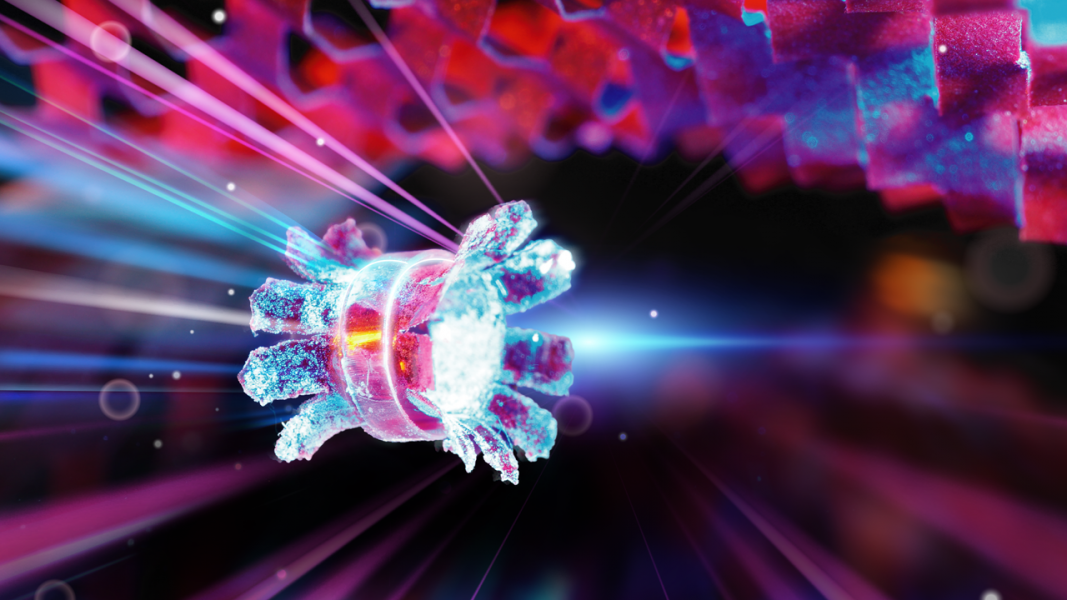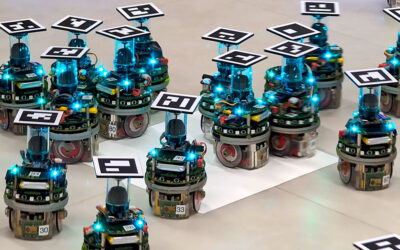Soft robots are machines composed of actuating elements built from flexible materials. The development of stimuli‐responsive soft actuators has become a major driving force in pushing the frontiers of microrobotics.
Current designs include small, remotely controlled or powered devices, and while many advances have been made, most soft microscale robots are rather simple in terms of design and architecture, and it remains a challenge to create complex 3D soft robots with stimuli‐responsive properties.
In Advanced Materials, Prof. Yu-Chieh Cheng of National Taipei University of Technology, Dr. Hao Zeng of Tampere University, and their co-workers suggest that kirigami‐based techniques can be useful for fabricating complex 3D robotic structures that can be activated with light.
Kirigami is an art form that transforms 2D sheets into designable 3D sculptures. In their study, external stress fields were used to introduce out‐of‐plane deformation of kirigami film actuators made of liquid-crystal networks.
“These 2D‐to‐3D structural transformations can give rise to mechanical actuation upon light illumination, thus allowing the realization of kirigami‐based light‐fueled robotics,” said Prof. Cheng.
A kirigami rolling robot was built and its motion controlled using a beam of light. The robot was able to perform rolling movements in both the forward and reverse directions and navigate along predesigned 2D trajectories, demonstrating capabilities that are currently unreachable by conventional light-driven rolling devices.
To find out more about kirigami-based soft robots, please visit the Advanced Materials homepage.

















